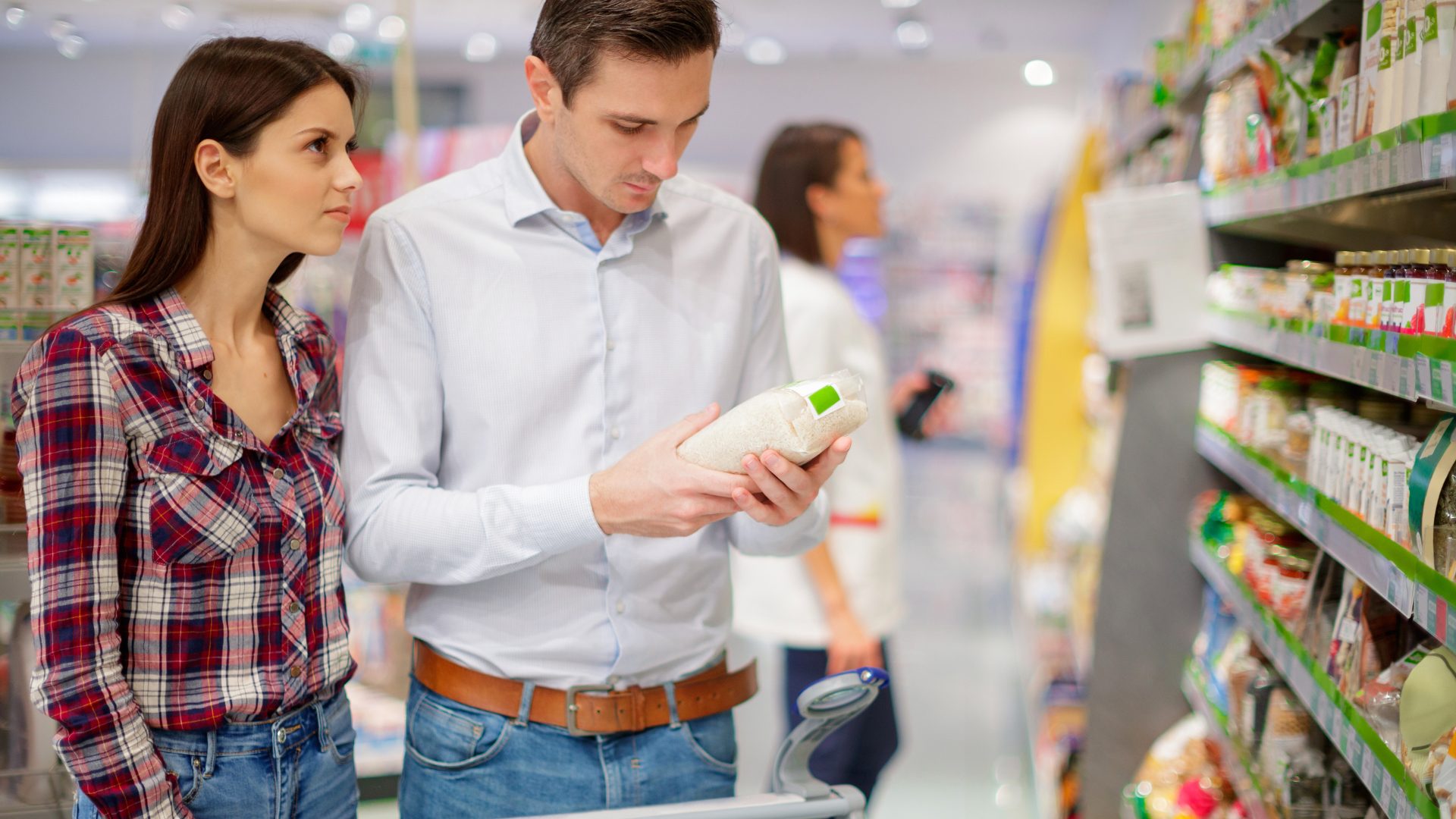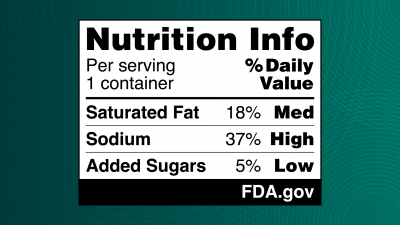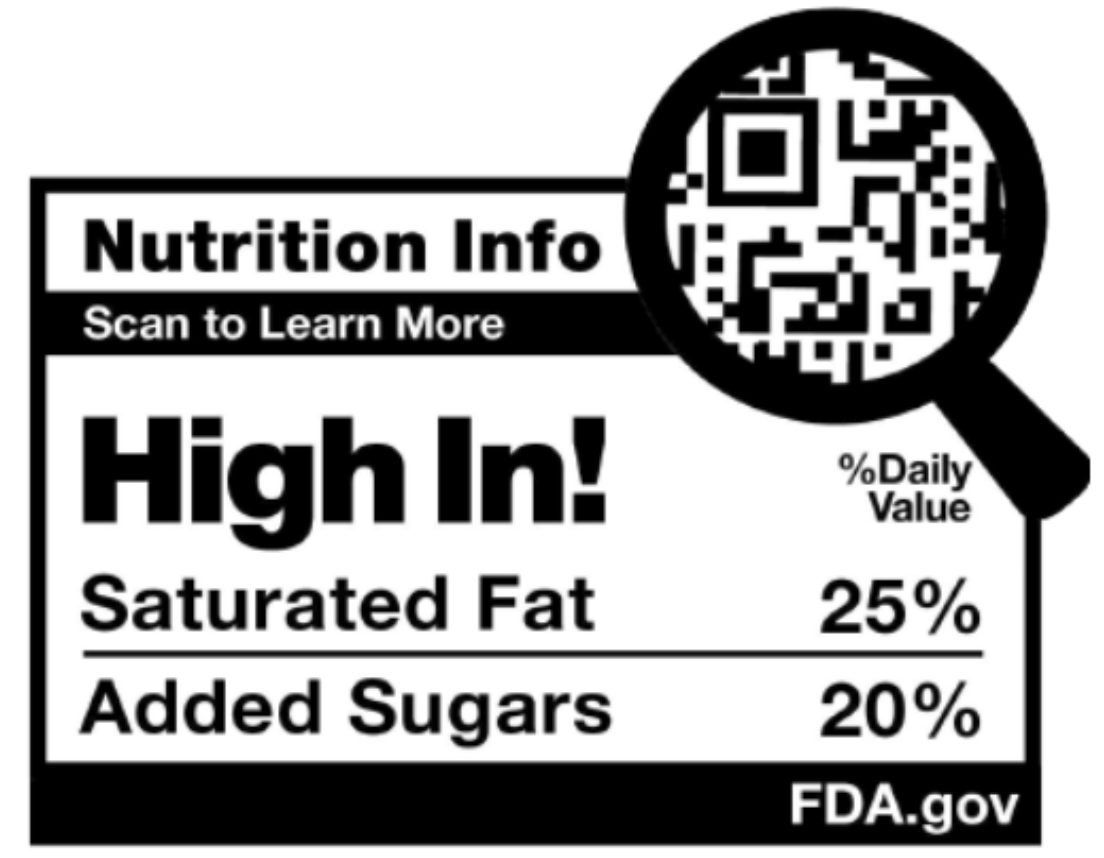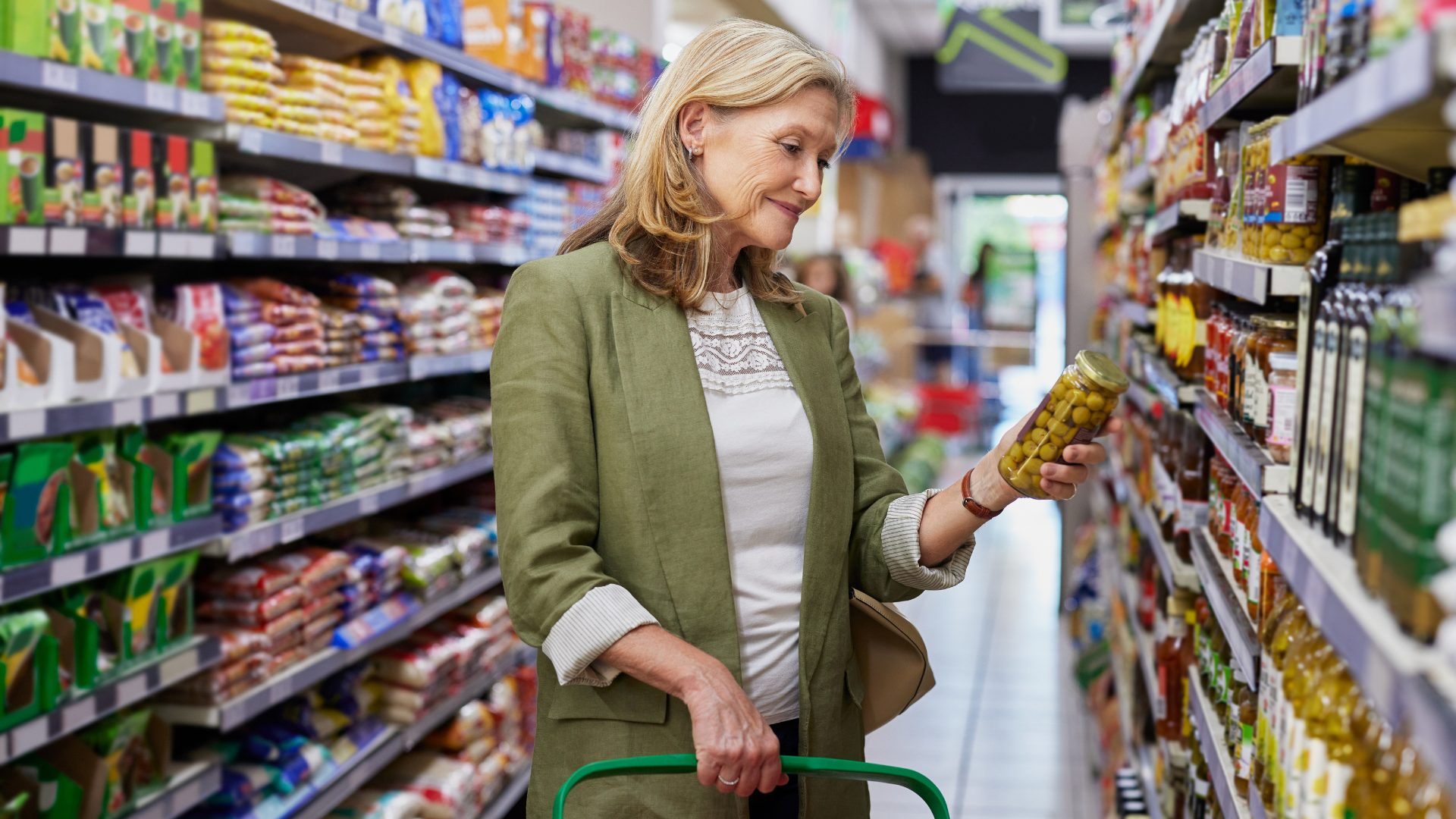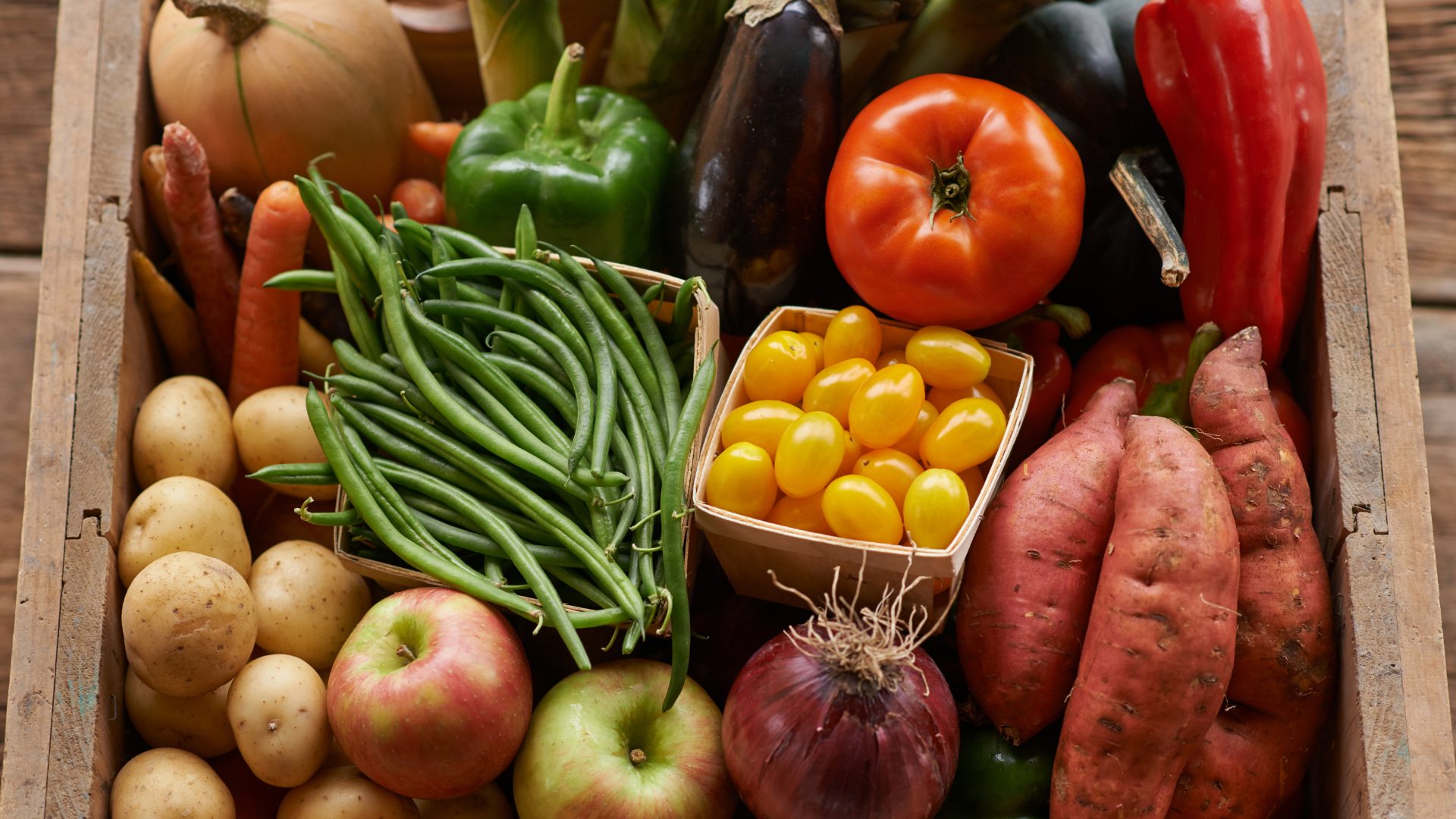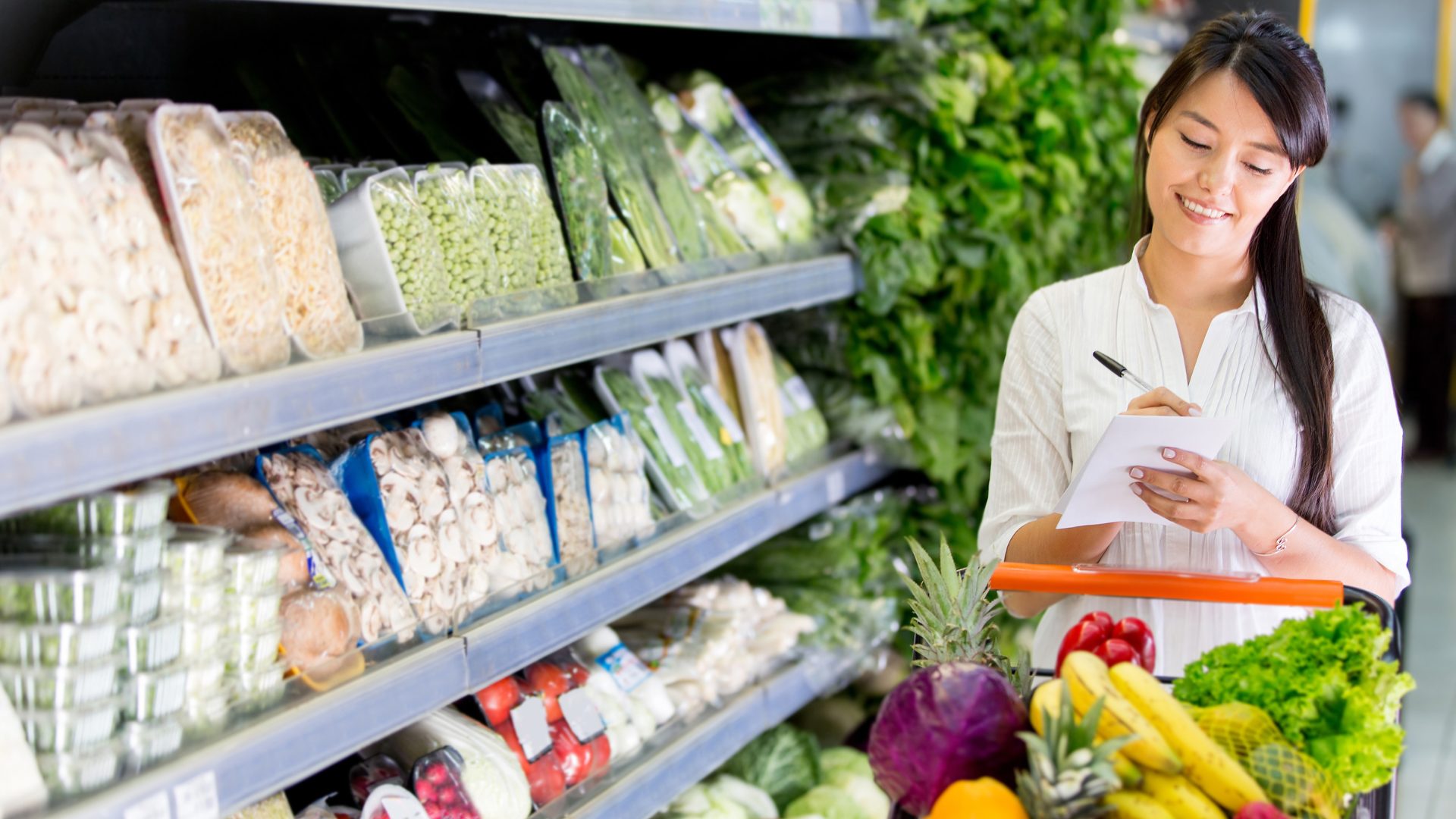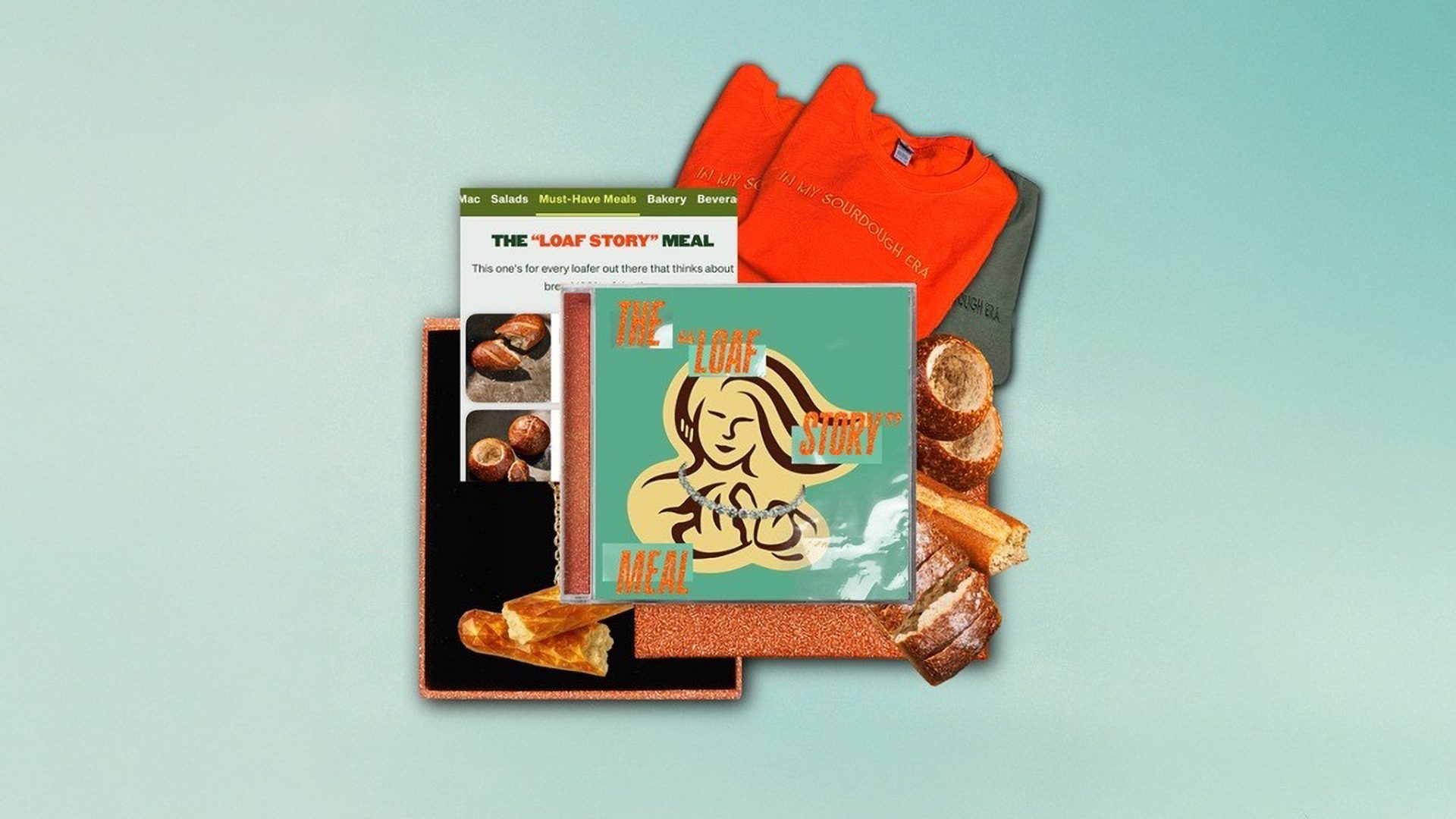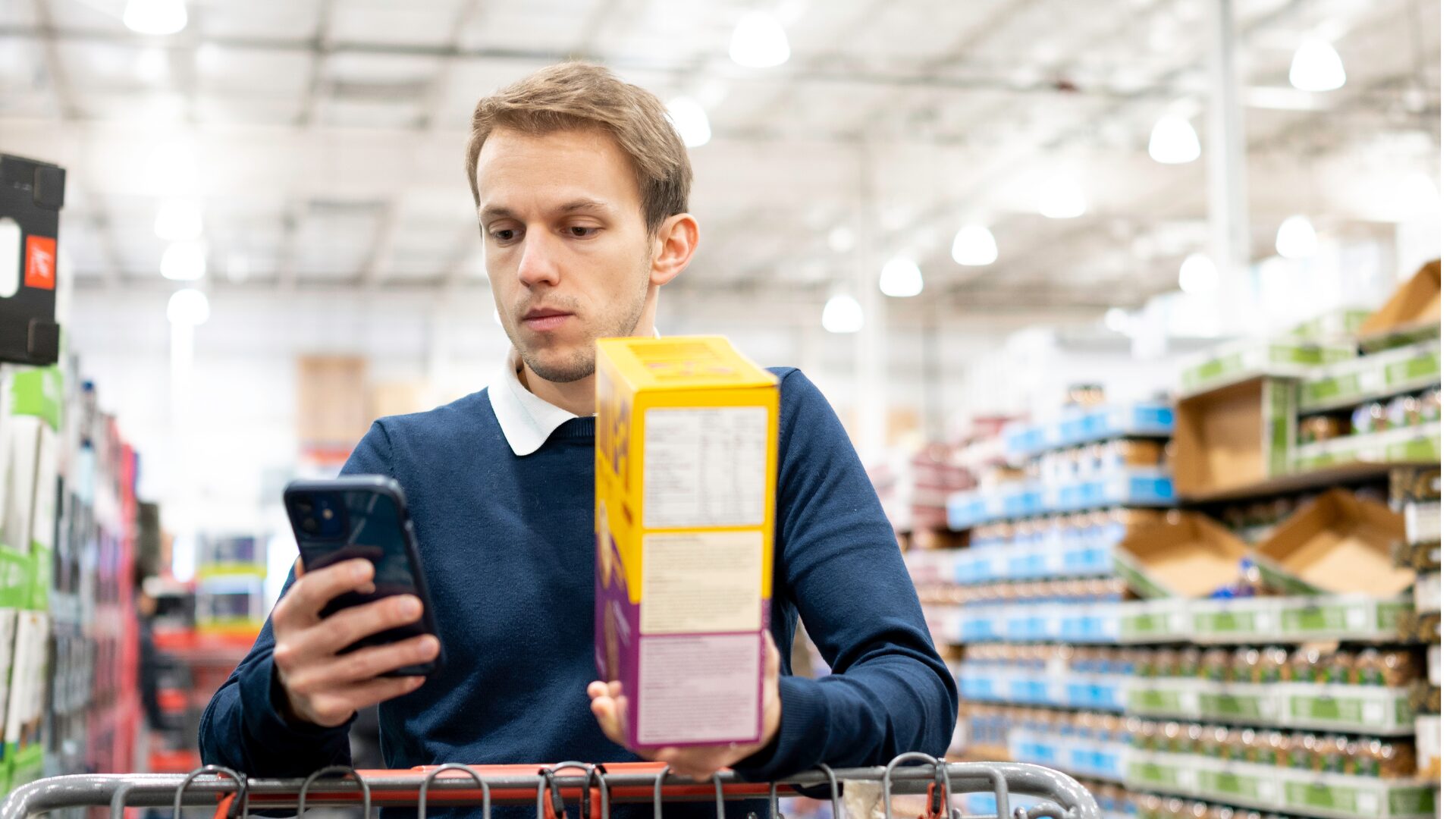Nutrition labels are failing consumers. The industry has been trying to fix this for a while. A newly formed coalition of better-for-you CPGs called the Good Food Collective recently made this topic the center of its mission, proposing a front-of-pack labeling system to improve consumer understanding.
Daniel Goetz, GoodPop CEO and co-founder of the Good Food Collective, recently spoke with The Food Institute about its mission and action plan.
“What the FDA is proposing is ‘kicking the can down the road.’ It keeps status quo because what’s on the pack doesn’t address underlying issues,” Goetz said.
“We’ve been developing something familiar while bringing more information … should consumers want that for themselves.”
The coalition debuted with over 25 natural and organic industry partners representing over $1 billion in retail sales annually, including LesserEvil, Culture Pop, Simple Mills, and Dr. Praeger’s. Originally hoping to grow its forces to 30 brands by the end of the year, multiple media features have inspired nearly 100 brands to write in to participate.
Their first order of business: improve nutrition labeling standards.
Research published in the Annual Review of Nutrition last year made a compelling case for front-of-pack nutrition labeling as a tool to improve American diets provided the information is displayed in an easy-to-understand format.
An even earlier study, published in 2021, evaluated global systems to conclude that beyond education, “there is real-world evidence that well-designed front-of-package nutrition information can help encourage healthier choices.”
The Front of Pack FDA Comment
The front-of-pack label concerns itself with enabling informed split-second decision-making opportunities for busy consumers, differing from back-of-label nutrition facts that provide a deeper understanding into the product’s make-up.
As of today, FDA has no formal rules in place to regulate front-of-pack labeling; however, it did open a comment period to understand industry sentiments toward the system, which the Good Food Collective responded to.
FDA’s proposed package label calls out saturated fat, sodium, and added sugars while providing daily value percentages and a valuation ranging from low to high based on the relative quantity of the component.
The coalition’s proposed solution, on the other hand, endeavors to call out key characteristics while modernizing the format by incorporating a QR code scanner to provide additional information about the nutrition info, including links to FDA landing pages to provide clear, science-based definitions and risks associated with high concentrations of specific ingredients.
In a study, the coalition found that 76% of participants said they would be likely to scan a QR code if prompted with clear messaging.
It also differs from the FDA standard by removing the “subjective” interpretative terms of “low,” “medium,” and “high,” which they allege creates consumer confusion, citing research conducted that found that 57% of respondents were unable to correctly identify when a given % daily value corresponded to the “medium” designation.
Depending on the nutrition profile, the front of pack label would concisely display a selection of descriptors that call out a combination of saturated fat, added sugars, and sodium.
“Over the last 70+ years, [legacy] food marketing tactics have driven the food industry to the place that it is today. Now it’s time that food companies step up,” said Goetz.
What’s Next for Good Food Collective
Although laser-focused on the front-of-package battle, Goetz noted that the collective is committed to platforming “real food” on ingredient labels, while putting up guardrails to prevent brands from participating in “clean washing” and “green washing” – i.e. marketing sustainable or health-conscious value propositions without the facts to back it up.
“Food companies should have real food as their main ingredient,” said Goetz.
Additionally, the collective is committed to renouncing deceptive imagery on packaging, limiting information necessary to inform consumers, marketing unhealthy products to children, and using artificial and synthetic additives. These efforts are supported through membership.
Regarding future work, Goetz noted that members will bring forth and recommend pressing issues facing the industry. From there, members will vote on where to focus their collective efforts.
As membership for the Good Food Collective is free, funding opportunities will also likely be on the horizon for the not-for-profit organization.
The Food Institute Podcast
It’s a big world out there – what trends are percolating on the global scene? JP Hartmann, director of Anuga, joined The Food Institute Podcast to discuss the intersection of U.S. and international trends and how the Anuga show is one not to miss.


